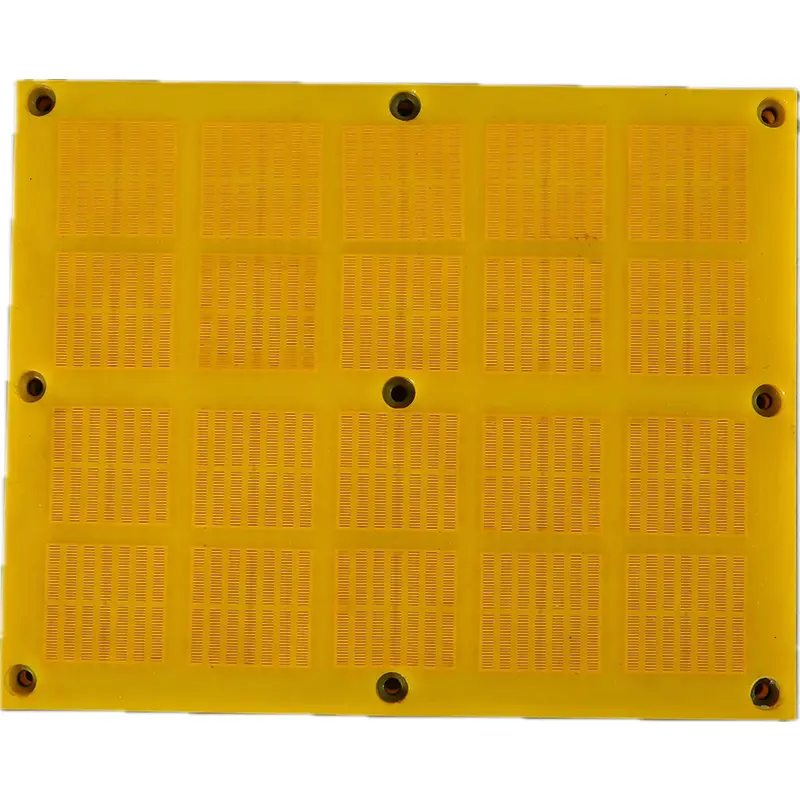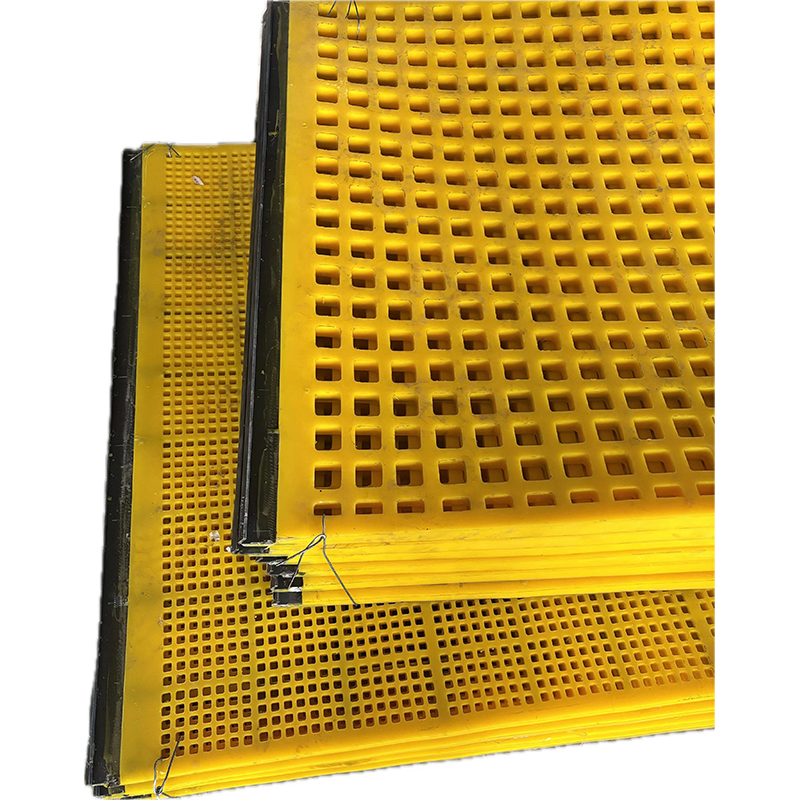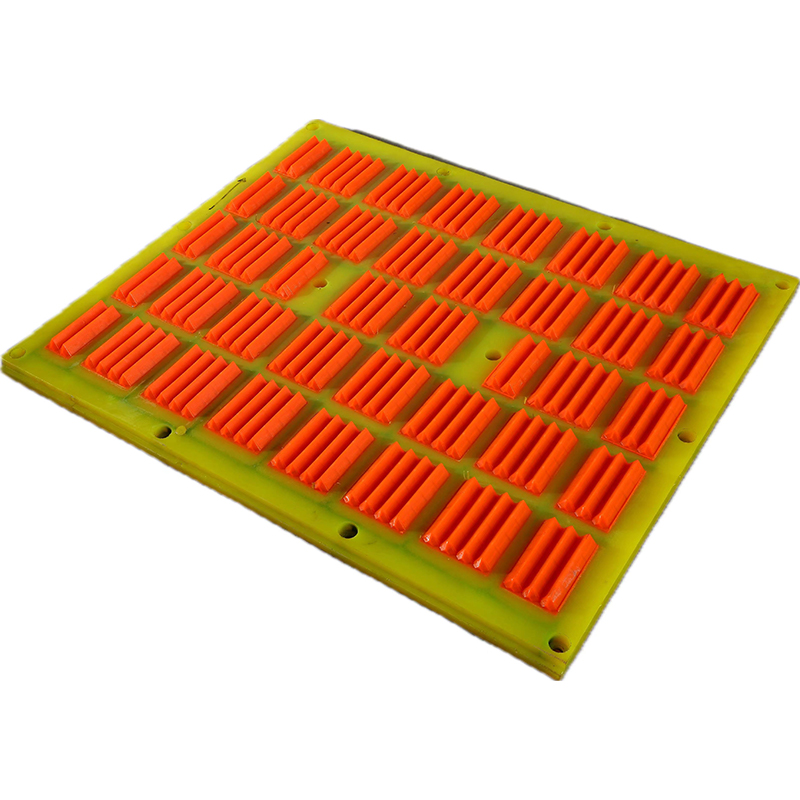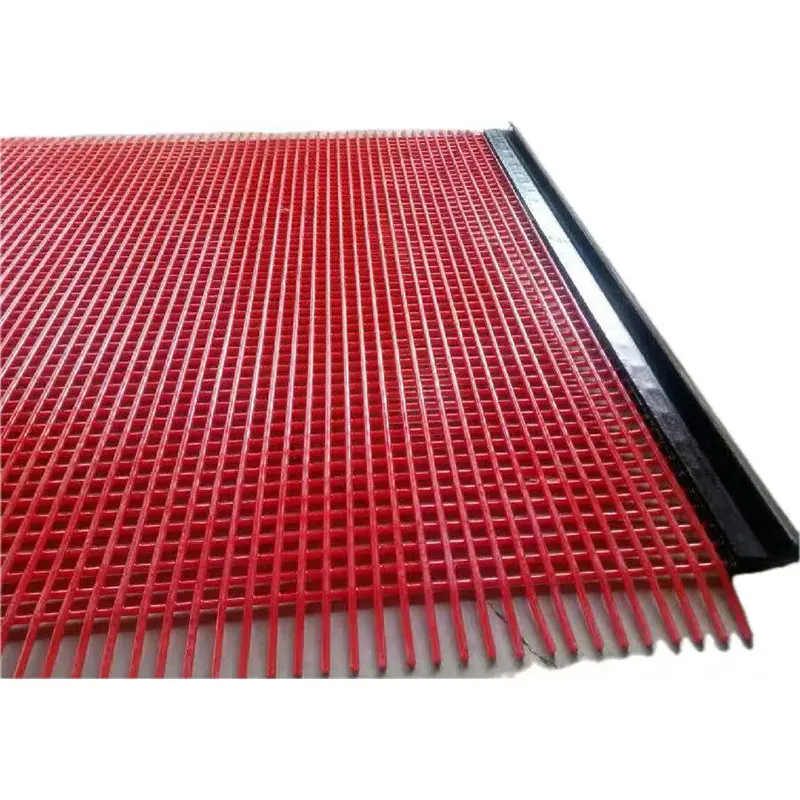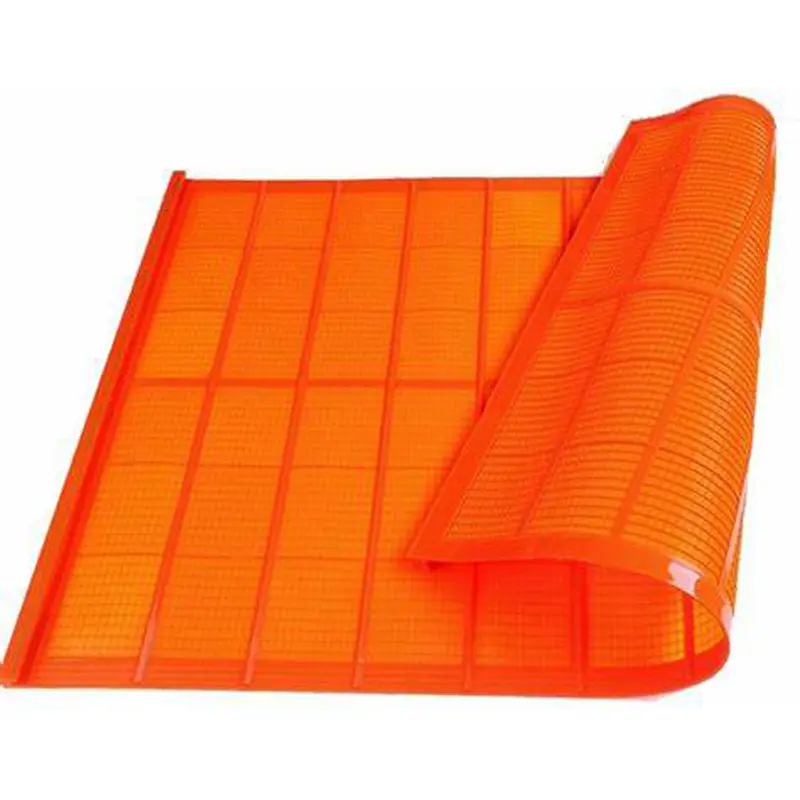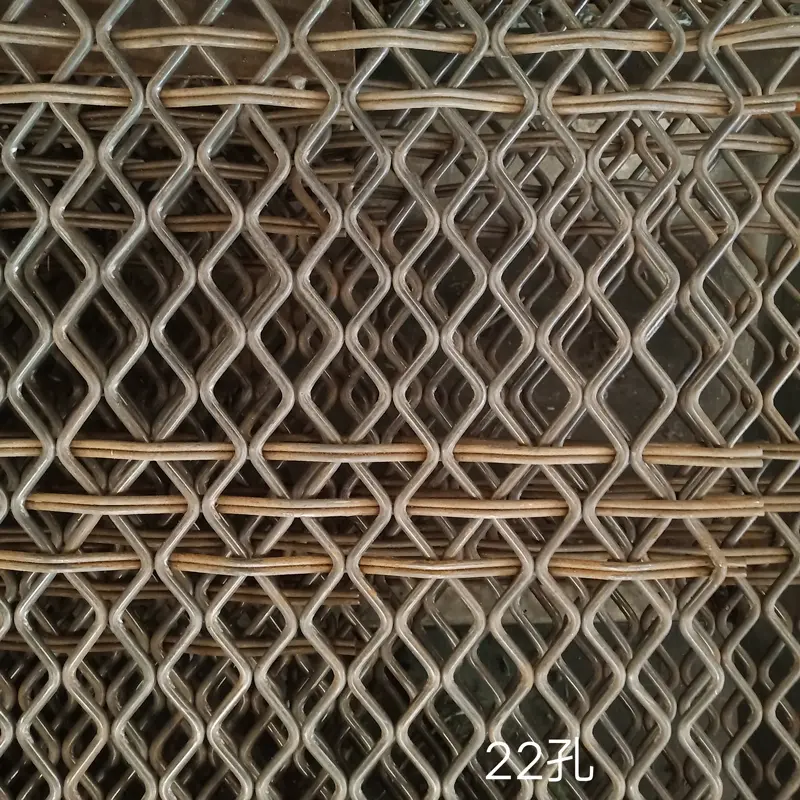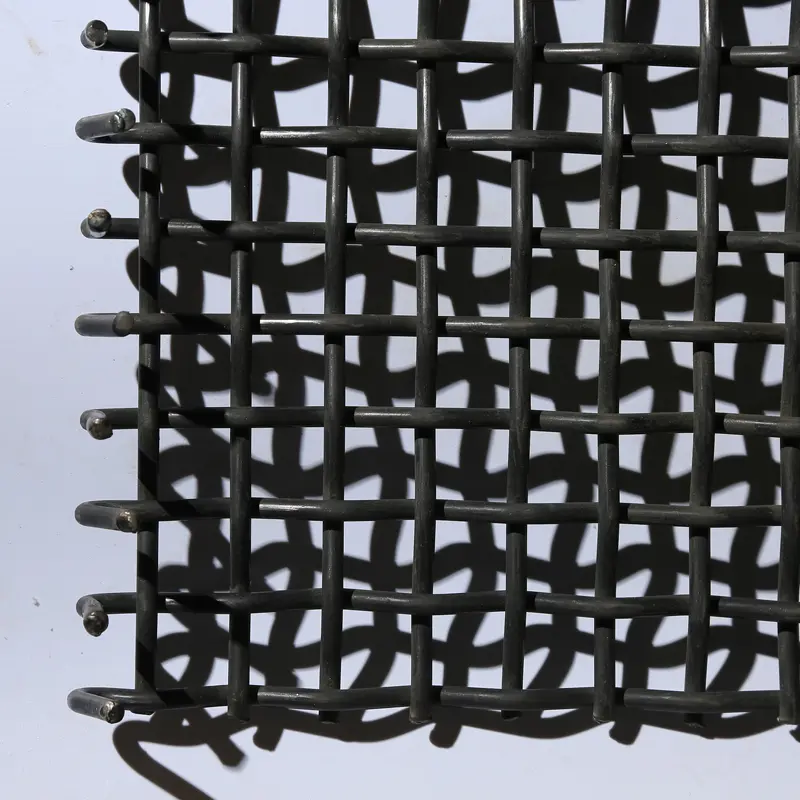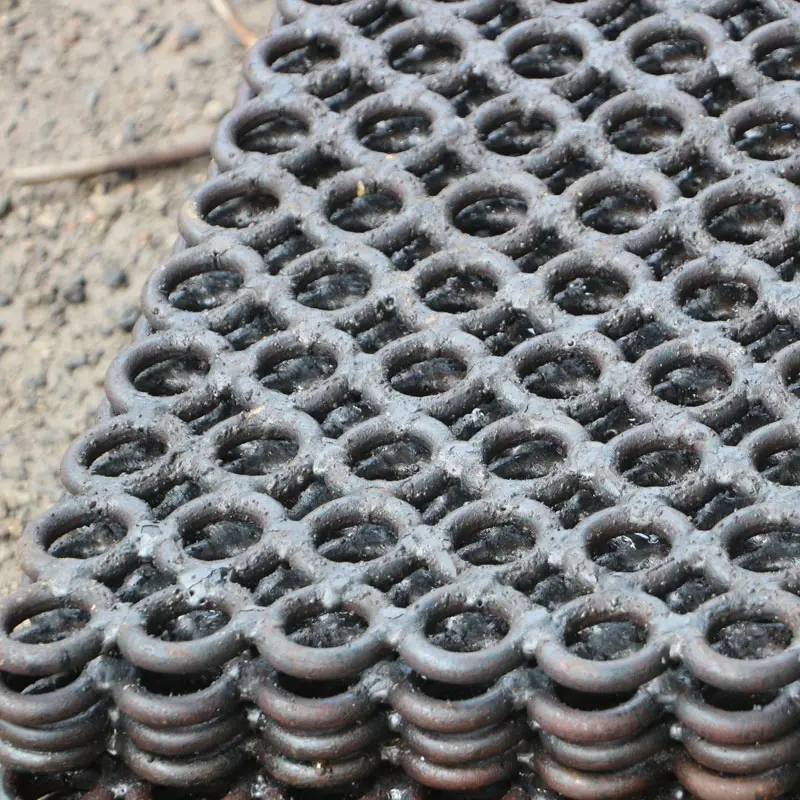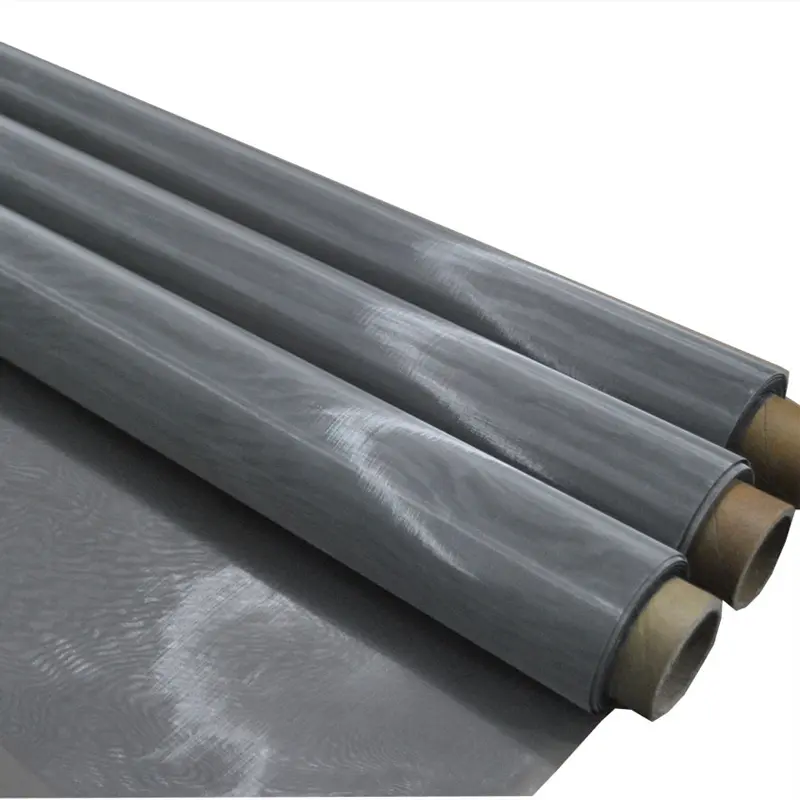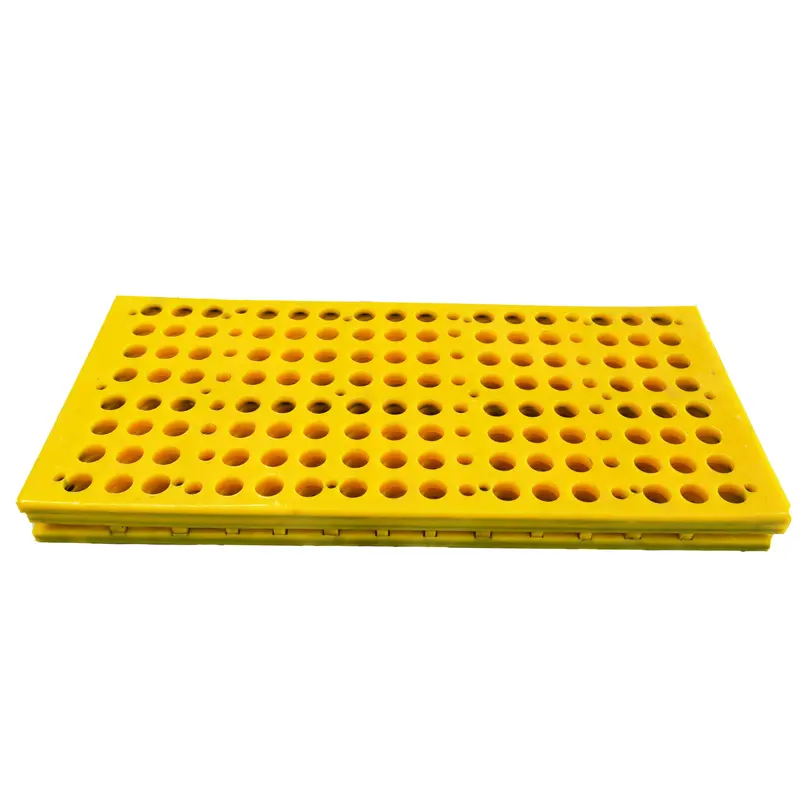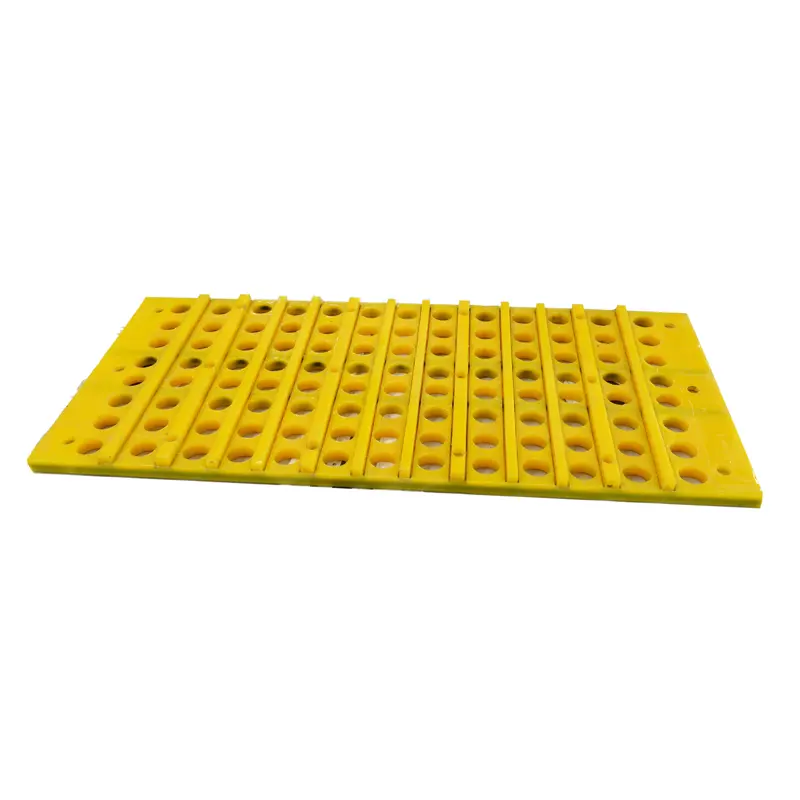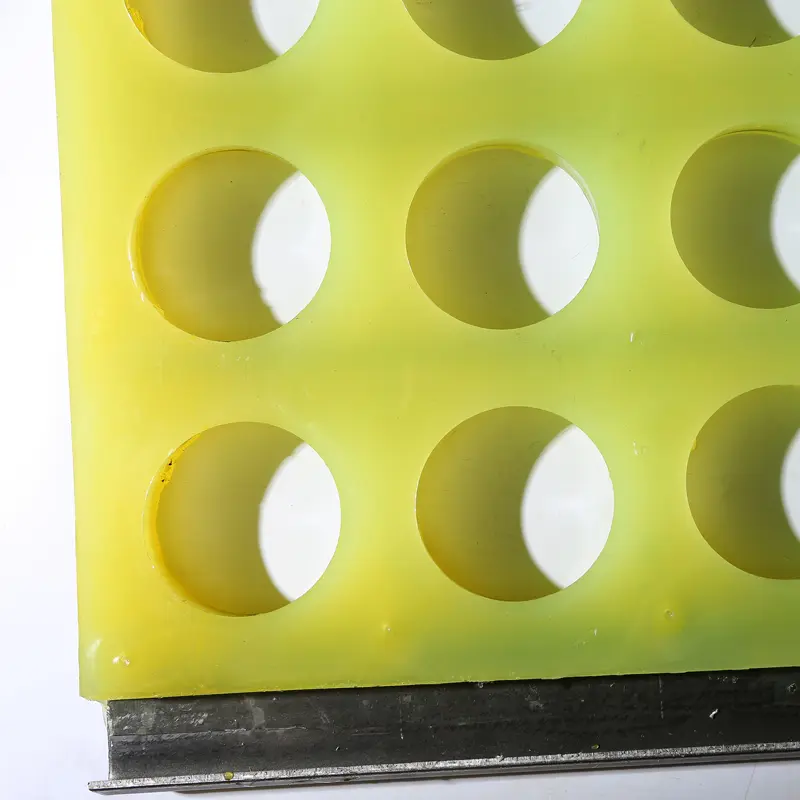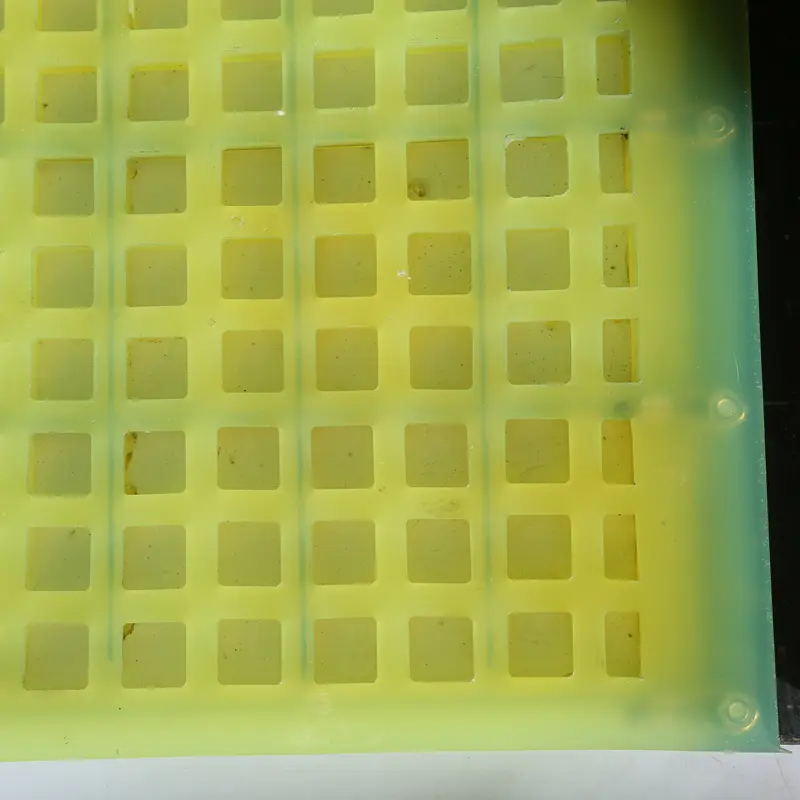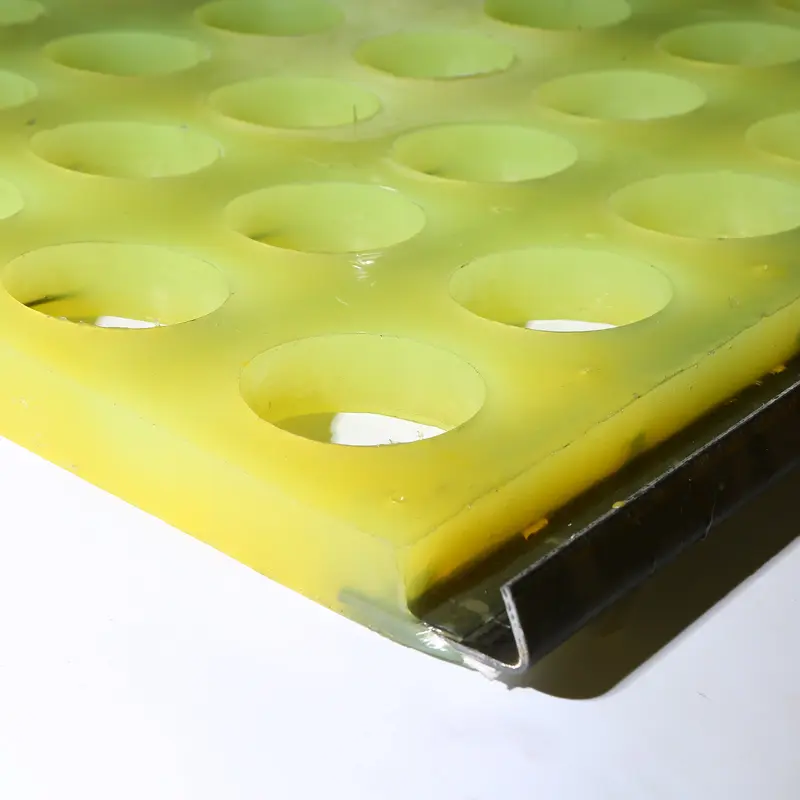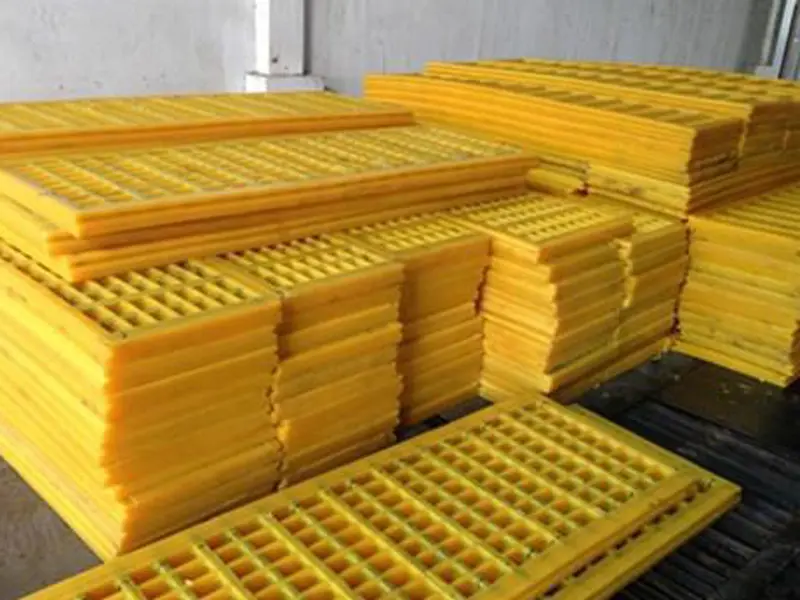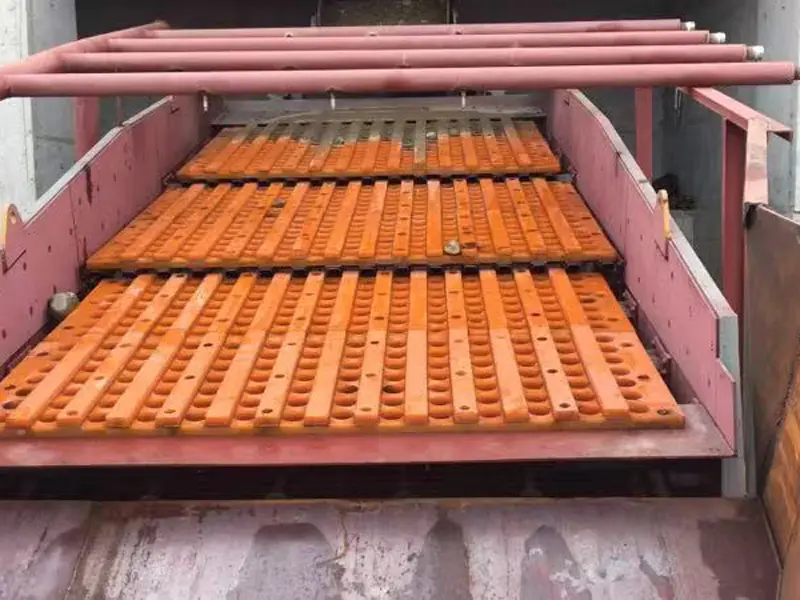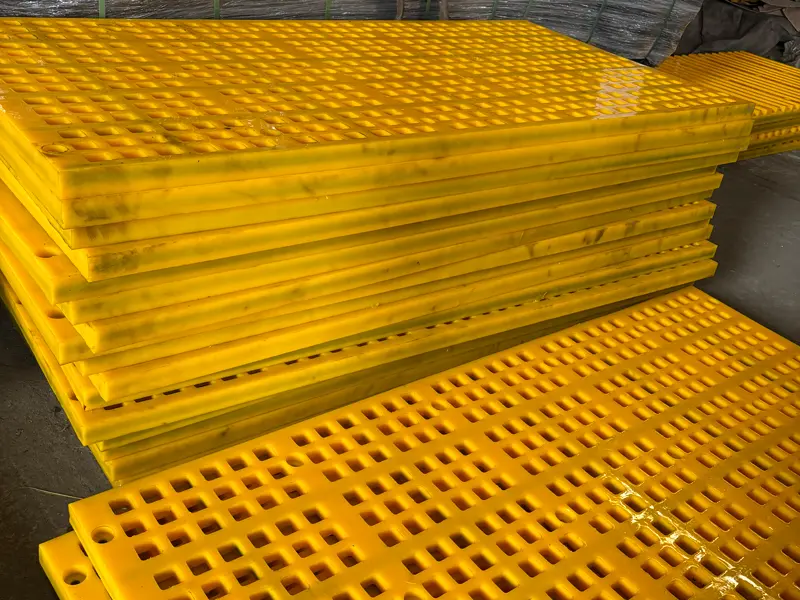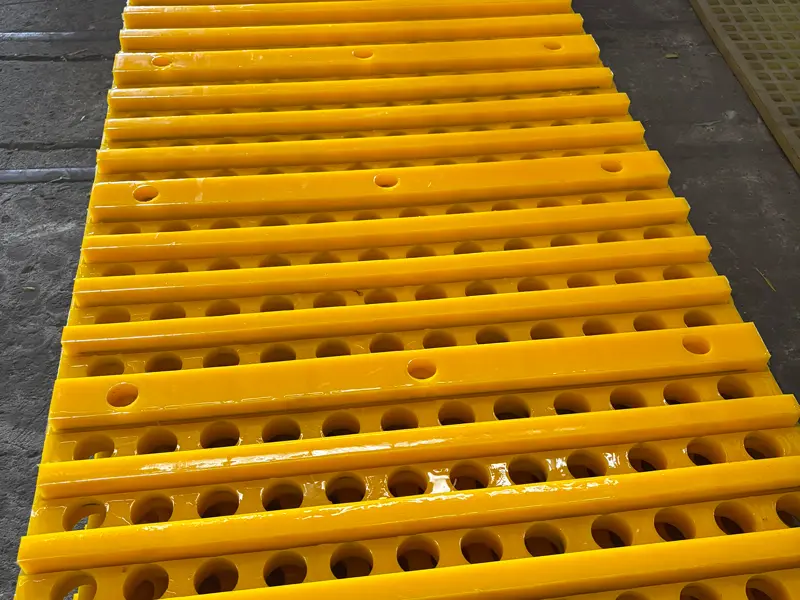Wear-Resistant Polyurethane Screen Mesh
product description
good tolerance to many chemical substances
Polyurethane screen meshes have good tolerance to many chemical substances. They can resist the corrosion of chemical media such as acids, alkalis, and salts and can work stably for a long time in an environment with a pH value of 3 - 11. For example, in the chemical industry, for the screening of some materials containing acidic or alkaline components, polyurethane screen meshes will not be easily corroded like metal screen meshes, thus ensuring the screening quality and the service life of the screen meshes.
good tolerance to various oils
They have good tolerance to various oils. When in contact with oily substances such as lubricating oil and mineral oil, they will not swell, soften, or other similar phenomena, maintaining the performance of the screen meshes. For example, in some mechanical processing industries, when screening metal debris containing oil stains, polyurethane screen meshes can effectively prevent the oil stains from damaging the screen meshes.
high precision
The mesh holes of polyurethane screen meshes have high precision, which can effectively classify and screen materials. The mesh hole size can be customized according to different screening requirements, with a small error range, generally within ±0.1 mm, ensuring the accuracy of screening. For example, in the food industry, when screening grains and other materials, the precise mesh hole size can accurately separate grain particles of different sizes, improving product quality.
relatively smooth
The surface of polyurethane screen meshes is relatively smooth, and materials are not easy to block the mesh holes. Moreover, during the vibrating screening process, their elasticity enables some blockages to be more easily shaken off, reducing the frequency of manual cleaning. For example, when screening powdery materials, compared with screen meshes made of other materials, polyurethane screen meshes are less likely to be blocked by powder, maintaining the efficiency of screening.
 No. 14, Building 2, No. 367 Beijing Road, Chengdu Economic and Technological Development Zone (Longquanyi District)
No. 14, Building 2, No. 367 Beijing Road, Chengdu Economic and Technological Development Zone (Longquanyi District)



